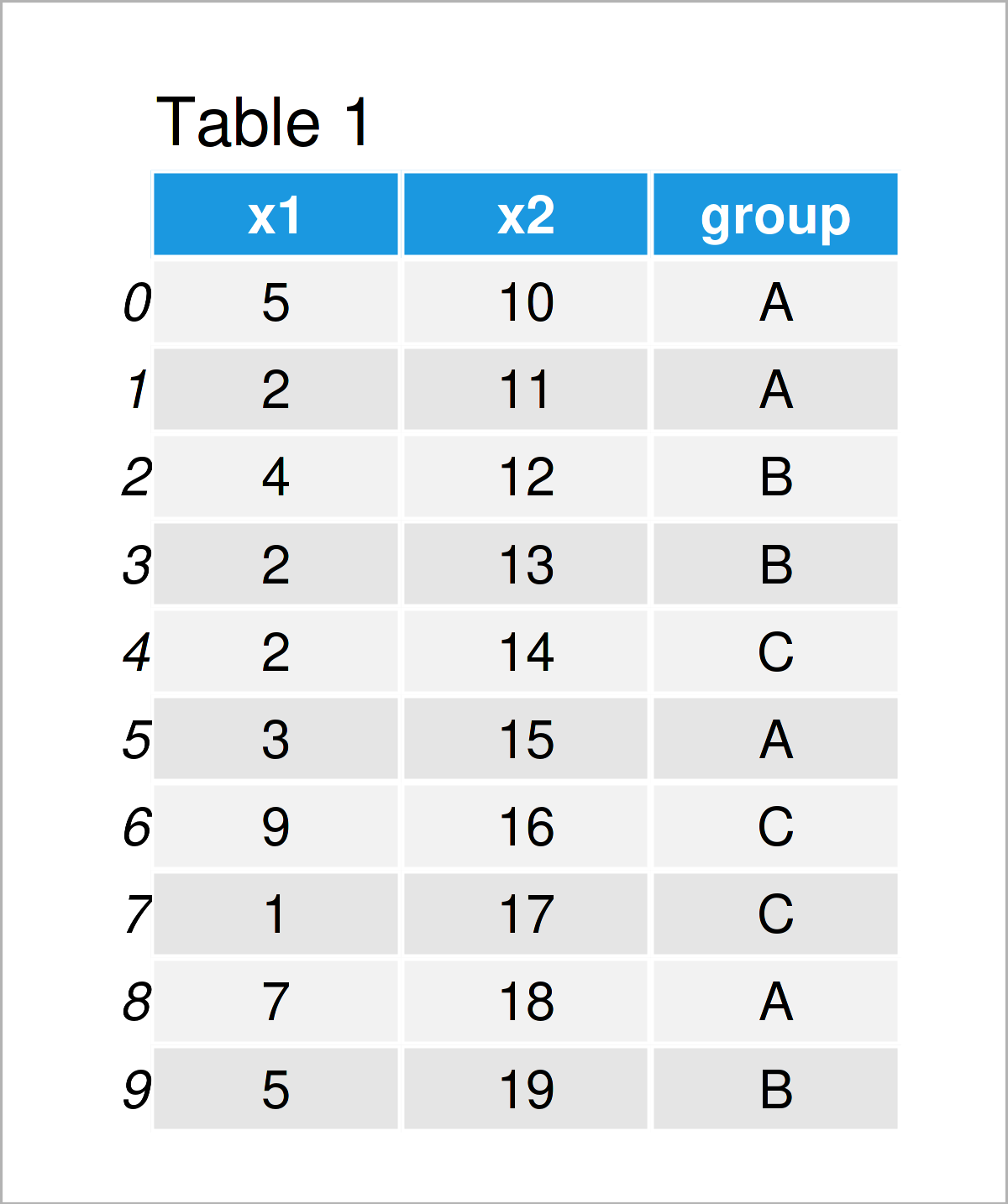Max & Min in Python (5 Examples)
This tutorial shows how to find the maximum and minimum in a list and the columns of a pandas DataFrame in Python.
Table of contents:
Let’s start right away.
Example 1: Maximum & Minimum of List Object
The following syntax illustrates how to calculate the maximum and minimum of a list object.
For this example, we first have to create an example list:
my_list = [1, 4, 2, 9, 7, 2, 1, 8, 3, 3, 2, 1] # Create example list print(my_list) # Print example list # [1, 4, 2, 9, 7, 2, 1, 8, 3, 3, 2, 1]
In the next step, we can apply the max function to return the maximum of our list:
print(max(my_list)) # Get max of list # 9
As you can see, the max value in our list is 9.
Similar to that, we can apply the min function to return the minimum value in our list:
print(min(my_list)) # Get min of list # 1
The minimum value in our list is 1.
Example 2: Maximum & Minimum of One Particular Column in pandas DataFrame
In Example 2, I’ll demonstrate how to get the max and min numbers in a pandas DataFrame column.
As a first step, we have to load the pandas library to Python:
import pandas as pd # Import pandas library to Python
Furthermore, we have to create an example pandas DataFrame:
data = pd.DataFrame({'x1':[5, 2, 4, 2, 2, 3, 9, 1, 7, 5], # Create pandas DataFrame 'x2':range(10, 20), 'group':['A', 'A', 'B', 'B', 'C', 'A', 'C', 'C', 'A', 'B']}) print(data) # Print pandas DataFrame

As shown in Table 1, the previous Python programming code has created a new pandas DataFrame containing three columns.
Let’s return the maximum value of the variable x1…
print(data['x1'].max()) # Get max of one column # 9
…and the minimum value as well:
print(data['x1'].min()) # Get min of one column # 1
Example 3: Maximum & Minimum of All Columns in pandas DataFrame
In the previous example, I have explained how to compute the maximum and minimum value in one single column of a pandas DataFrame.
In this example, I’ll explain how to find the maxima and minima of all columns.
For this task, we can apply the max…
print(data.max()) # Get max of all columns # x1 9 # x2 19 # group C # dtype: object
…and min functions to our entire data set:
print(data.min()) # Get min of all columns # x1 1 # x2 10 # group A # dtype: object
The previous console outputs show the maxima and minima of our three DataFrame columns. Note that even the alphabetical maxima and minima was returned for the group column.
Example 4: Maximum & Minimum of Rows in pandas DataFrame
The following code demonstrates how to find the max and min values for each row of a pandas DataFrame.
To achieve this, we have to specify the axis argument to be equal to 1 within the max…
print(data.max(axis = 1, numeric_only = True)) # Get max of rows # 0 10 # 1 11 # 2 12 # 3 13 # 4 14 # 5 15 # 6 16 # 7 17 # 8 18 # 9 19 # dtype: int64
…and min commands:
print(data.min(axis = 1, numeric_only = True)) # Get min of rows # 0 5 # 1 2 # 2 4 # 3 2 # 4 2 # 5 3 # 6 9 # 7 1 # 8 7 # 9 5 # dtype: int64
Example 5: Maximum & Minimum by Group in pandas DataFrame
It is also possible to get the maxima and minima in the columns of a pandas DataFrame by group.
Example 5 shows how to use the group column in our exemplifying data set to return multiple max and min values.
The following code prints the maxima for each group…
print(data.groupby('group').max()) # Get max by group # x1 x2 # group # A 7 18 # B 5 19 # C 9 17
…and the following Python syntax shows the minima by group:
print(data.groupby('group').min()) # Get min by group # x1 x2 # group # A 2 10 # B 2 12 # C 1 14
Video & Further Resources
Some time ago, I have published a video on my YouTube channel, which explains the Python codes of this tutorial. You can find the video below:
Furthermore, you may want to read some related articles on this homepage:
- Max & Min by Group in Python
- Get Max & Min Value of Column & Index in pandas DataFrame
- Max & Min of NumPy Array in Python
- Summary Statistics of pandas DataFrame
- Basic Course for the pandas Library in Python
- Python Programming Examples
In this article, I have shown how to calculate the maximum and minimum in the Python programming language. In case you have further questions, please let me know in the comments section.






